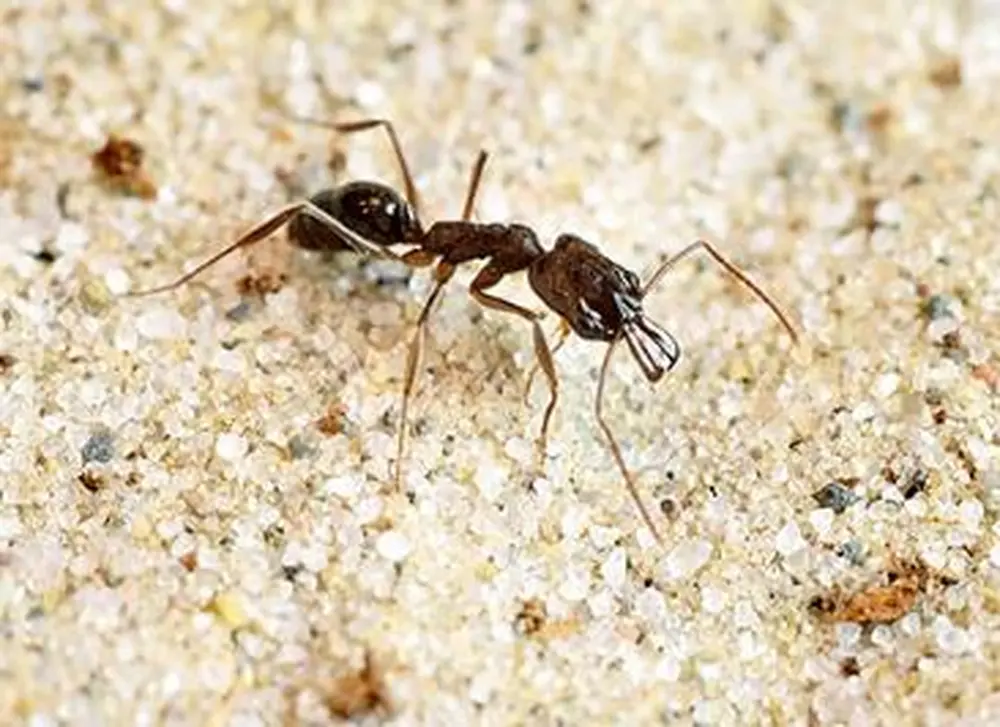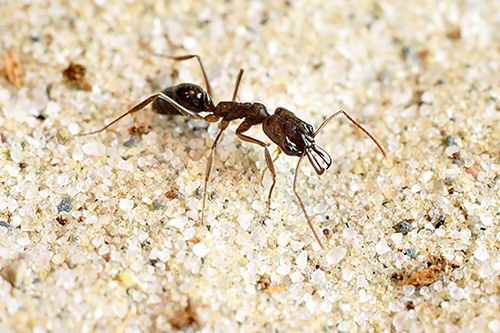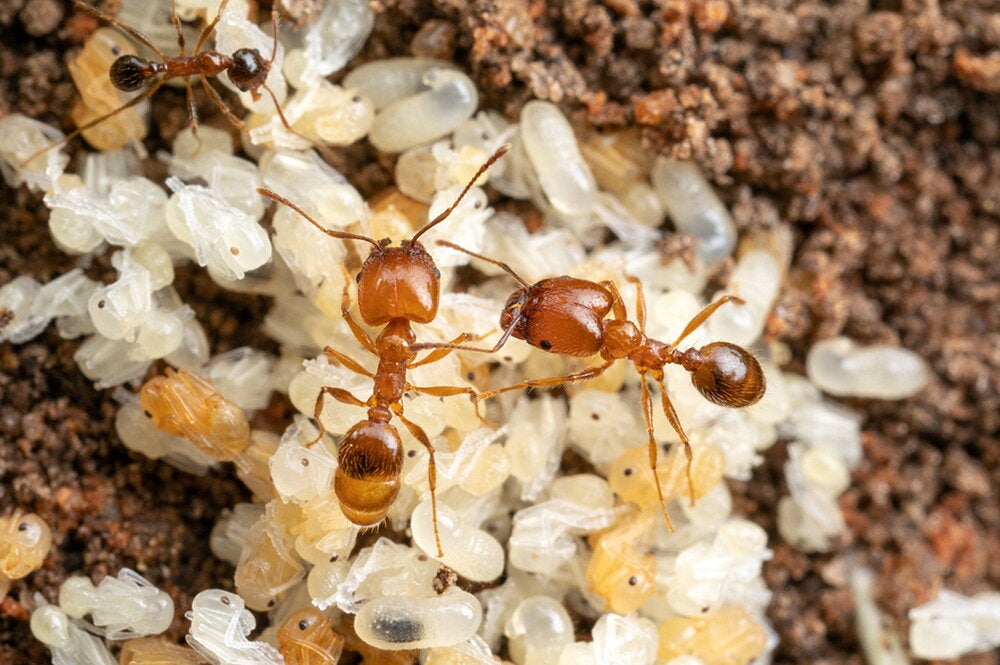

Boxer Muhammad Ali famously declared his intent to “float like a butterfly and sting like a bee,” but perhaps boxers should look to another type of insect for inspiration: the trap-jaw ant.
In a new study, entomologists at the University of Illinois and North Carolina Museum of Natural Sciences measured the speed at which different species of trap-jaw ants strike one another during antenna-boxing bouts. Understanding such fights for dominance within ant colonies can shed light on ant behavior and sociology.
“All social animals exhibit dominance behaviors of one kind or another,” said Andrew Suarez, University of Illinois entomology professor and animal biology department head. “In the case of social insects, we often focus on their chemical communication system, but in these ants the antennal boxing was too remarkable to ignore.”
Suarez, undergraduate researcher Sean O’Fallon and former postdoctoral researcher Adrian Smith, now a professor at North Carolina State University and North Carolina Museum of Natural Sciences, published their findings in the journal Insectes Sociaux.
Like bees, ants have a hierarchy of roles within the colony. Trap-jaw ant species engage in antennal “boxing,” a quick fight involving striking one another with their antennae, to determine which of the worker ants stay in the nest and which go out to forage, O’Fallon said.
See a video of boxing ants at youtube.com/watch?v=7VMebatFr6k.
To better understand this behavior, the researchers used high-speed cameras to record antenna-boxing matches in four species of trap-jaw ants. They then counted how rapidly each species pummeled their opponents.
The speeds ranged from 19.5 strikes per second for Odontomachus rixosus, hailing from Cambodia, to a blazing-fast combination of 41.5 strikes per second for Odontomachus brunneus, native to Florida, the researchers found.
“Trap-jaw ants are the fastest boxers ever recorded,” Smith said. “Describing how fast multiple species box each other helps us understand how this behavior evolves. For instance, we found that when one species uses boxing as a form of aggression, the behavior is indistinguishable from boxing as a social dominance interaction between colony members.”
Future work will explore how and why social organisms like trap-jaw ants use antennal boxing and other aggressive behaviors to organize their societies.


